With the integration of smart phones and social media into our everyday lives, it has become apparent that the majority of our time is spent online, even at work. This has become obvious to Human Resource professionals and has transformed the way we recognize employees whether they are in the office, working remotely, or on the road.
 Chris Reppy, Next Level Performance’s Director of Product Development, has been hard at work with our IT Team on an exciting new recognition solution, Applaudit. This solution is grounded in fundamental and time tested recognition best practices, all while integrating the important principals of social recognition. His hard work and knowledge of the trend makes him today’s expert. Below Chris answers some questions we commonly hear when it comes to social engagement solutions.
Chris Reppy, Next Level Performance’s Director of Product Development, has been hard at work with our IT Team on an exciting new recognition solution, Applaudit. This solution is grounded in fundamental and time tested recognition best practices, all while integrating the important principals of social recognition. His hard work and knowledge of the trend makes him today’s expert. Below Chris answers some questions we commonly hear when it comes to social engagement solutions.
Q: Why do you think social recognition has taken off in our marketplace?
A: Social recognition has been steadily gaining steam in our industry over the last several years. This past year, we finally hit a tipping point where having an open, social program went from being an exception to an expectation. Part of that is the result of the continued influx of Millennials into the workplace. Another part is that as the Baby Boomers continue to retire, subsequent generations, who may be more familiar with social networks, are being promoted into positions of greater influence and decision-making.
Q: What are some trends you are seeing in social recognition?
A: A common theme we’re seeing is the need for recognition solutions that can be accessed and used anytime, anywhere. As more companies adopt flexible working hours and telecommuting, an employee’s contributions are no longer confined to inside the office between the hours of 9 and 5. The ability to recognize those employees for their contributions needs be equally free of constraint. HR leaders should be looking for recognition and engagement solutions that can be used from a variety of devices and help their employees recognize as quickly and easily as possible.
“As more companies adopt flexible working hours and telecommuting, an employee’s contributions are no longer confined to inside the office between the hours of 9 and 5. The ability to recognize those employees for their contributions needs be equally free of constraint.”
Q: What type of HR and recognition problems does a social platform address?
A: The biggest advantage to embracing a social platform is that it enables everyone in your company to participate in the program and contribute to your company’s culture of recognition. Relying solely on automated or ‘top-down’ recognition from managers limits the extent to which an employee can be really engaged. Praise and positive recognition from one’s peers can be very powerful, and sharing that recognition in a public forum only helps to magnify the impact.

Q: In your experience, why are some clients hesitant to switch to social recognition and how do you address those concerns?
A: The most common concern that we hear is about the time and energy that would be required to ‘police’ the comments being shared by employees. Any software solution that supports public recognition or commenting should offer some moderation features that make it easy to monitor and flag inappropriate content. It’s best that those rare instances be addressed quickly and directly with the offender and their manager. As more and more employees participate in your social recognition program, you will find that the positivity and mutual appreciation being shared naturally discourages inappropriate content.
Q: What can we expect for the future of social recognition?
A: Rigid corporate structures and norms continue to give way to more fluid and adaptive work practices, I think social recognition will play a major role in helping companies evaluate an individual’s contributions in the workplace. An individual’s manager will no longer be the sole source of input on their performance; recognition from peers, collaboration in cross-functional teams, and feedback from other stakeholders will carry more and more weight over time. A good software solution built on social recognition helps to gather all of that input into one place and makes it easily accessible to everyone.
In conclusion, social recognition meets employee’s intrinsic needs to be rightfully recognized for their hard work, and allows them to see their name “in lights”. The key is quick, easy, and constant feedback, similar to the social media outlets employees access every day. This affirmation from their peers and managers is what propels the recognition forward.
As a provider of these solutions, we know it’s important to stay in front of technology and constantly enhance our offerings to strengthen the connection between employee and employer. Stay tuned for updates about our latest recognition solution, Applaudit®. You can read more about our approach to technology and social recognition in the most recent issue of HR Teach.



